Points for attention in choosing Paulownia seedlings through multiple channels
Seedlings are the material basis for afforestation. The quality of seedlings can directly affect the survival rate of afforestation, and it is also related to the growth and resistance to diseases and insect pests after afforestation. It not only affects the afforestation effect, but also directly affects the cost of afforestation.
Paulownia witches’ broom disease is the main disease in the current Paulownia production process. It is an infectious disease. Paulownia seedlings carrying witches’ broom virus (not recognized by the naked eye) can easily enter the afforestation land directly and affect the normal growth of forest trees. Root nodule nematode disease is an important pest that harms paulownia. It can be carried to the afforestation land through the roots of the damaged seedlings. The root nodules will rot in the coming year and the absorption function of the roots will be impaired, affecting the quality of afforestation. Underdeveloped seedlings and insufficient lignification can result in poor growth of trees and poor wood quality.
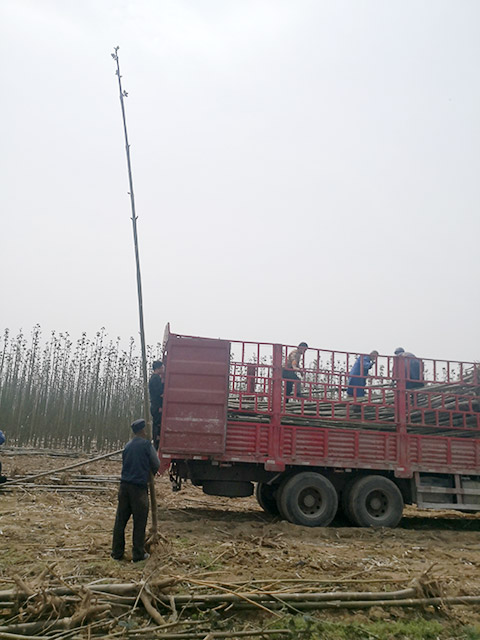
The production of high-quality Paulownia seedlings requires high requirements on the soil, topography, and environmental conditions of the nursery, strict technical measures in the production process, and relatively large economic investment. It is the key to meet the above characteristics to produce high-quality and strong seedlings free of diseases and insect pests. For example, under the same technical and economic level, the number of seedlings carrying witches’ broom virus is significantly different in areas with a high natural susceptibility rate of witches’ broom disease compared with areas with a low natural susceptibility rate; Under the circumstances, continuous cropping, bed and flat cropping, and even the old method of retaining roots and seedlings with little economic investment in the past, have caused a large number of soil diseases and insects to breed in the nursery.
Therefore, the production of Paulownia seedlings varies greatly due to the comprehensive factors such as the soil environment, technical level, and economic capacity of different regions and different nurseries. At present, there are significant differences in the quality of seedlings among different regions and nurseries. situation. Therefore, before afforestation, while correctly selecting paulownia varieties and seedling types and specifications, controlling the quality of seedlings is another technical measure to improve the level of afforestation and reduce the cost of afforestation. The following points should be paid attention to when choosing Paulownia seedlings through multiple channels:
- Choose disease-resistant varieties. Experiments have proved that the infection rate of Paulownia witches’ broom disease increases with the growth of tree age. Under natural conditions, the general incidence of paulownia saplings aged 1 to 3 years is 10-20%, the incidence rate of 4-5 years old is 20-30%, the incidence rate of 6-7 years old is 30-60%, and the incidence rate of saplings over 8 years old is 30-60%. The incidence of trees is relatively low. Therefore, the ability of different Paulownia varieties to resist witches’ broom disease should be based on the 7-year-old young tree’s witches’ broom disease infection rate. The lower the infection rate, the stronger the disease resistance ability.
- According to different situations, paulownia seedlings (root seedlings) are appropriately selected for afforestation.
- Try to buy from companies or units that have strong technical strength and specialize in the production of paulownia seedlings.
- Do not buy seedlings from areas with a high incidence of witches’ broom disease.
- The production of high-quality paulownia seedlings requires a large production cost. Therefore, try not to choose seedlings and seed roots that are too cheap, and don’t dig seed roots under big trees.
- The diseased roots must be detoxified.
- Resolutely put an end to paulownia seedlings with nodules.
- Control the paulownia seedlings with small sharpness, stunted growth and no lignification.
- Try to avoid mechanically damaged paulownia seedlings.
- Under the guidance of professional technical production, the self-reproduction and self-breeding of Paulownia seedlings is the most effective way to control the quality of seedlings and reduce the cost of seedlings.


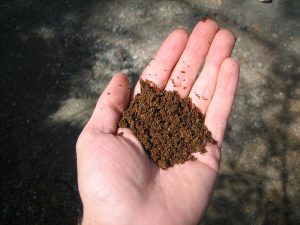
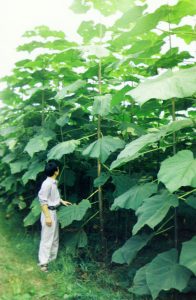
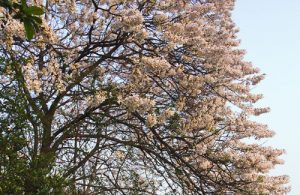
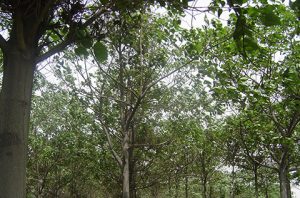
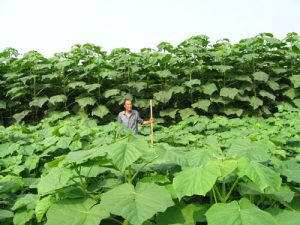
It’s appropriate time to make a few plans for the future and it is time
to be happy. I have learn this post and if I could
I wish to recommend you some fascinating things or tips.
Perhaps you could write subsequent articles referring to this article.
I wish to read even more issues about it!
Do you mind if I quote a couple of your articles as long as
I provide credit and sources back to your blog? My website
is in the very same area of interest as yours and my visitors would genuinely benefit from
some of the information you provide here.
Please let me know if this alright with you. Thanks a lot!
You can use it.